
You should always fix a leaking roof as quickly as possible. The damage will not fix itself and in fact …

Is it time for a new roof on your home? The roof you choose plays a critical role in both aesthetics and functionality. However, the vast array of choices can be daunting for many homeowners. If this sounds like you, we’re here to help you out.
This blog explores nine popular roof types to help you find the perfect fit for your home. From asphalt shingles to green roofs, we’ll outline their pros, cons, and best applications to simplify your decision.
Beyond aesthetics, your roof choice impacts factors like energy efficiency, durability, and cost. This section examines the nine best roof options, outlining their practical advantages and disadvantages.
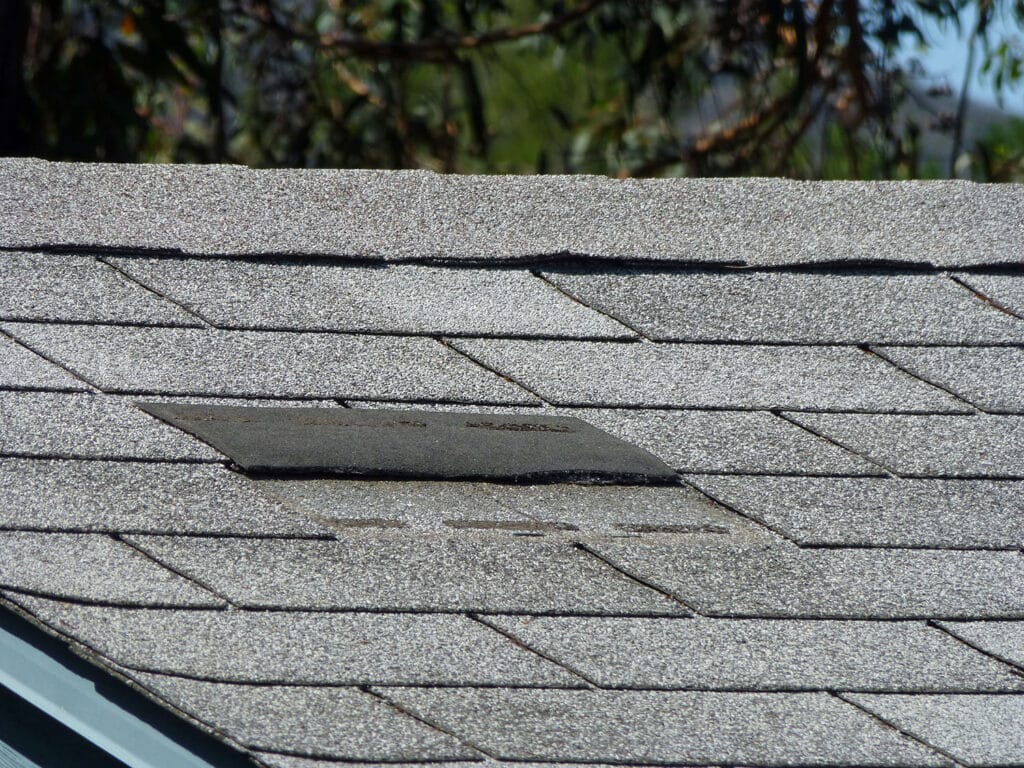
Affordable and widely used, asphalt shingles are a popular choice for homeowners seeking a balance of cost-effectiveness and durability. With a variety of styles and colors, they can complement virtually any architectural design.
Asphalt can offer a solid 20 years of reliable protection at a reasonable cost but has a shorter lifespan than premium materials. This means you can expect to replace an asphalt roof sooner, typically within 20–30 years in moderate climates. However, in areas prone to heavy storms, their lifespan can be significantly shorter, sometimes requiring replacement within 10–12 years.
Metal is one of the most popular roof materials for its impressive durability and energy efficiency. It offers homeowners a long-lasting and environmentally conscious choice. Available in various metals, including aluminum, steel, and copper, metal roofs provide robust protection, often lasting up to 50 years with minimal upkeep.
While the initial investment is higher, the long-term benefits often outweigh the costs. However, be aware that metal roofs are susceptible to denting from hail or falling debris. It’s crucial to keep an eye on it and contact your local roofing company for assistance.
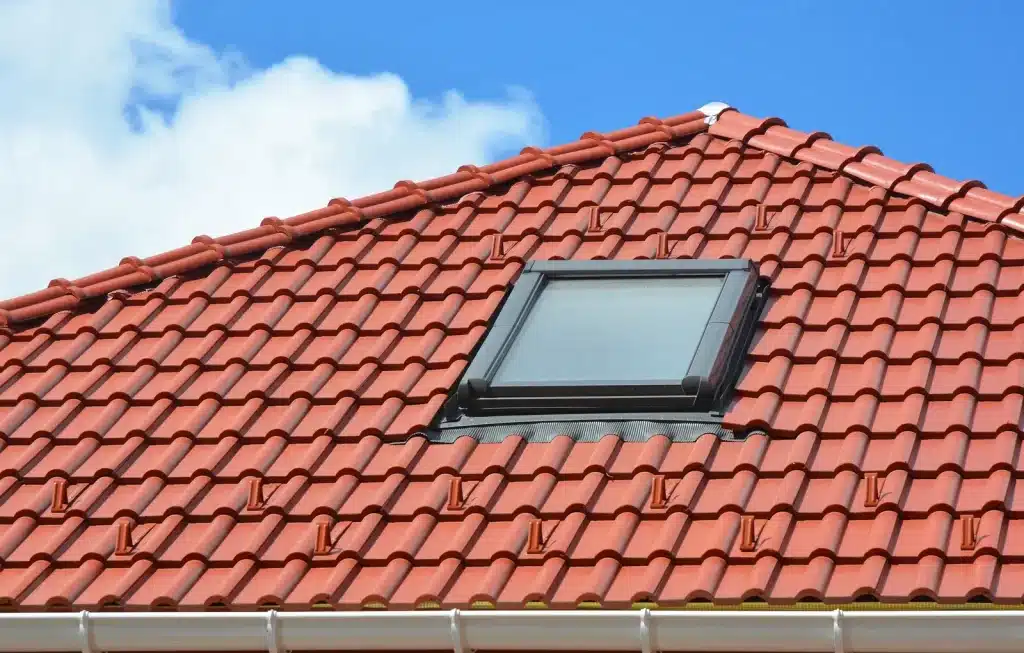
Tile roofs are common in Mediterranean and Spanish-style architecture, bringing both beauty and resilience to a home. They’re crafted from concrete tiles, clay tiles, and slate tiles, with exceptional durability that can withstand severe weather. The distinctive look of tile roofing—overlapping tiles with a textured and curved surface—gives them a rich, dimensional appearance that significantly enhances a property’s curb appeal.
The downside? Tile roofing requires a significant investment due to the higher cost of materials and labor. Furthermore, the heavy weight of tile roofing requires extra structural support, which increases the installation cost.
Aiming for a natural, rustic aesthetic? Wood shake roofing is an excellent choice. It’s typically crafted from cedar, which brings a warm, inviting charm to a home. Beyond its natural appeal, wood shake roofing provides good insulation to help regulate indoor temperatures, keeping you and your loved ones comfortable.
That said, wood roofs demand more care than other materials. Their vulnerability to rot, warping, fire, and insect infestation means consistent maintenance is essential to preserve their appearance and extend their lifespan.
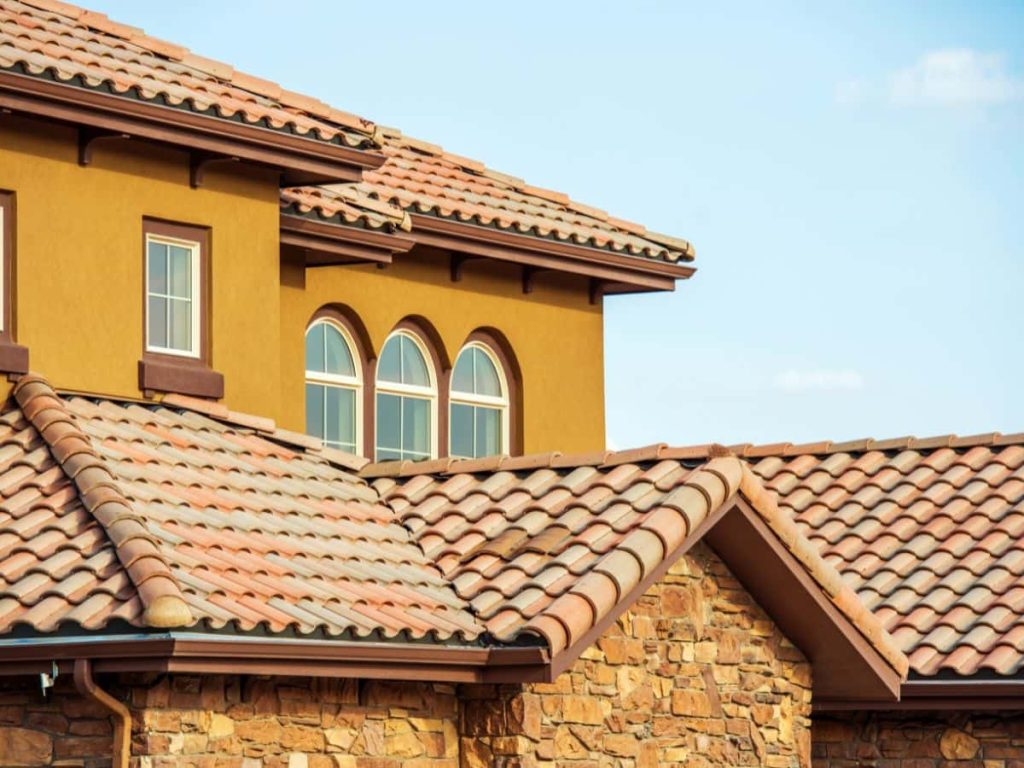
Here’s a roofing option with a proven history of durability. Slate roofing is a traditional, elegant material renowned for its unmatched durability and timeless elegance. With its natural color and texture variations, slate roofs add sophistication and grandeur to any home. Their ability to last up to a century with minimal care makes it especially appealing in storm-prone areas.
However, slate roofing’s substantial weight requires significant structural support, and the material itself is quite costly, making it a premium choice reserved for higher budgets.
Commercial buildings have long utilized flat roofs, but this style has also become increasingly popular in modern residences. Characterized by its nearly level surface, this roofing type is easy to install and requires relatively simple upkeep. The most appealing feature of a flat roof is its potential for extra usable space, including rooftop patios, gardens, or solar panel installations.
However, flat roofs are prone to poor drainage if not correctly designed and maintained, which can lead to water accumulation and a shorter lifespan compared to sloped roofs.

Green roofs represent a unique and environmentally conscious approach to modern roofing. They’re covered in vegetation and offer various ecological and practical benefits, such as better air quality, enhanced insulation, and a truly distinctive and attractive natural aesthetic.
However, the initial installation of a green roof can be quite expensive. It also requires ongoing maintenance, such as watering and plant care, for its long-term health and performance.
Synthetic roofing materials offer a reliable alternative to natural options, expertly mimicking the look of slate, wood, or other premium roofing styles. These engineered materials balance practicality and aesthetics, being lightweight, durable, and often more cost-effective than their natural counterparts.
While offering impressive performance and a convincing appearance, synthetic roofing may lack the inherent texture and character of genuine slate or wood, which might be a consideration for homeowners seeking roof authenticity.

Solar roofing focuses on energy efficiency, seamlessly integrating solar panels directly into the roofing materials. This dual-purpose system protects your home from the elements and generates clean, renewable energy, promoting significant reductions in utility bills.
The drawback of solar roofing is that it typically comes with a higher initial investment than traditional roofing systems. Additionally, availability may be more limited depending on your location and installer network.
Now that you’re familiar with the various roofing materials, here are some factors to consider when selecting the right roofing type for your property.
Every home needs a durable and long-lasting roof, and choosing the right materials is key. Durable materials withstand various weather conditions, minimizing repairs and maintenance while saving money in the long run. With nine roof types ranging from classic to contemporary, you’re sure to find the perfect fit—the best choice depends on your needs and preferences.
Choose Storm Guard to help you navigate the complexities of roofing. We’re a skilled team with 20+ years of experience installing, repairing, replacing, inspecting, maintaining, and tarping various roofing styles with precision and care. Our work comes with a workmanship and lifetime manufacturer’s warranty to guarantee optimal results and your peace of mind.
Don’t just cover your home; crown it with the right roof. Contact us today to get a FREE estimate!

You should always fix a leaking roof as quickly as possible. The damage will not fix itself and in fact …

Gutters may not be the most glamorous feature of your home, but they play a critical role in protecting its structural …
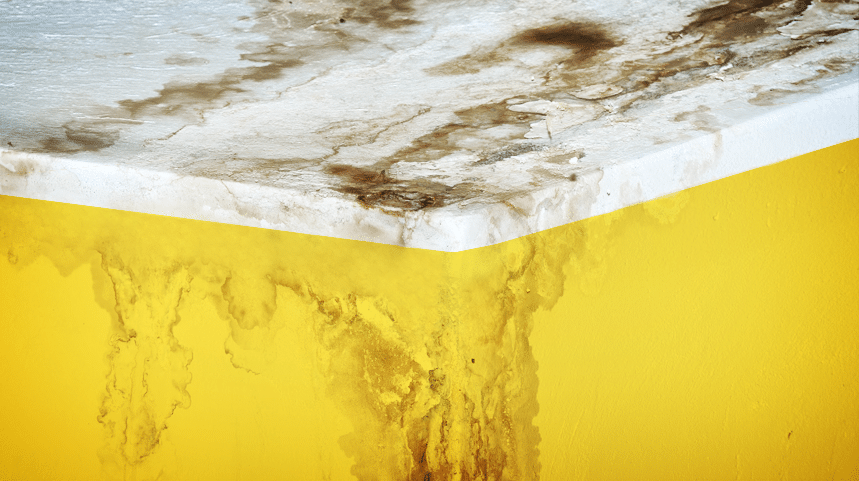
Wet spots form after a much longer process, starting with harsh weather conditions and shingle damage. A leaky roof can …
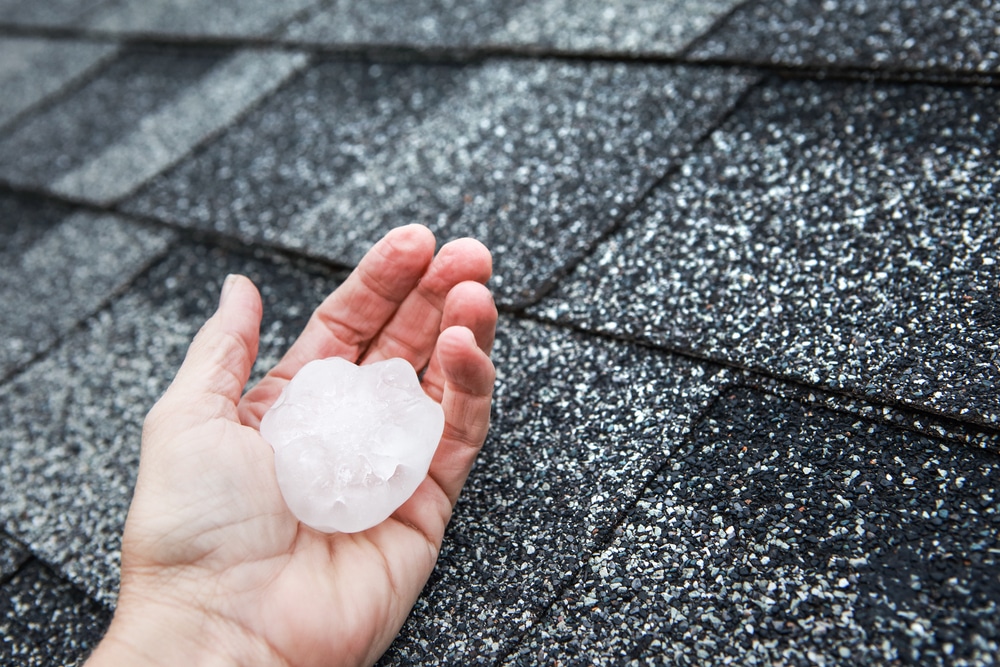
Hailstones can be powerful enough to wreak havoc on your roof. A sudden storm can leave a trail of cracks, …

Solar roofs are the way of the future, and the main options on the market today are solar roof panels …
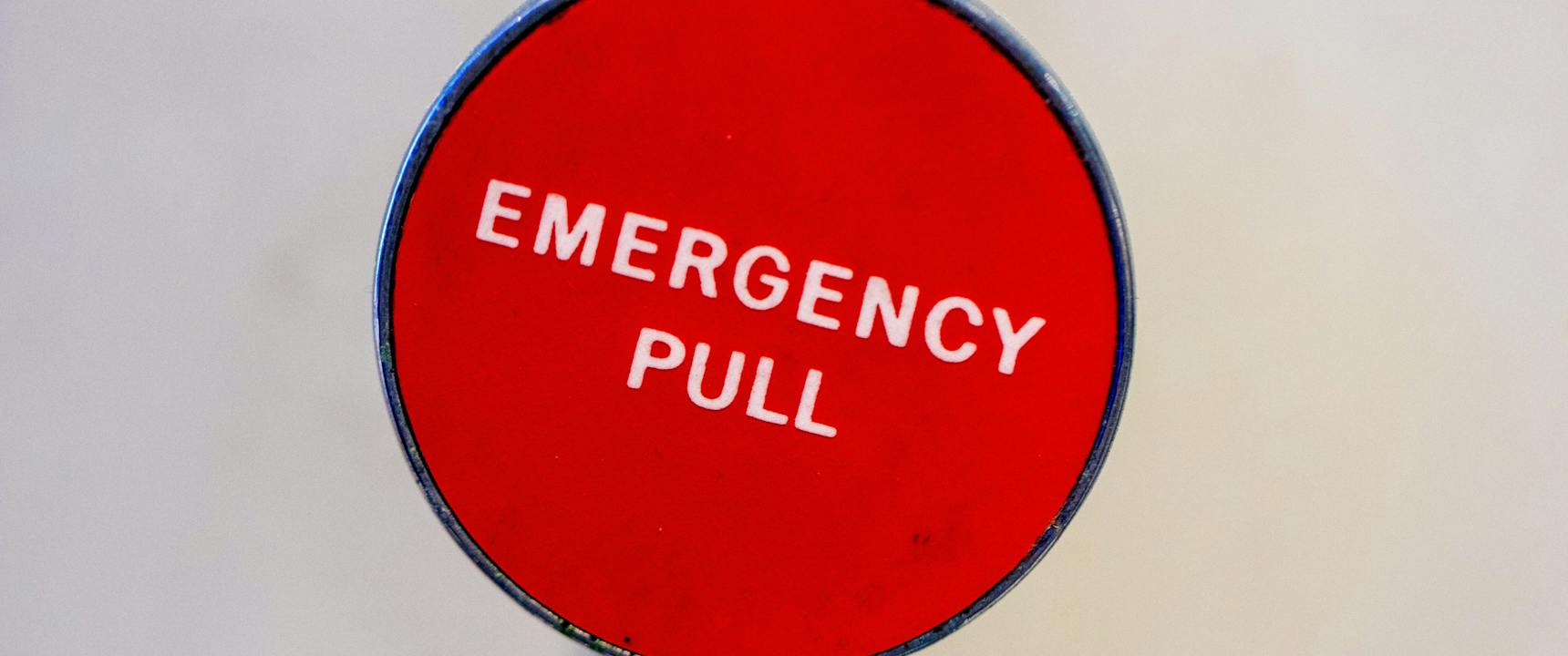
While we hate to sound the alarm bells, a leaking roof in your Austin home could be cause for immediate …